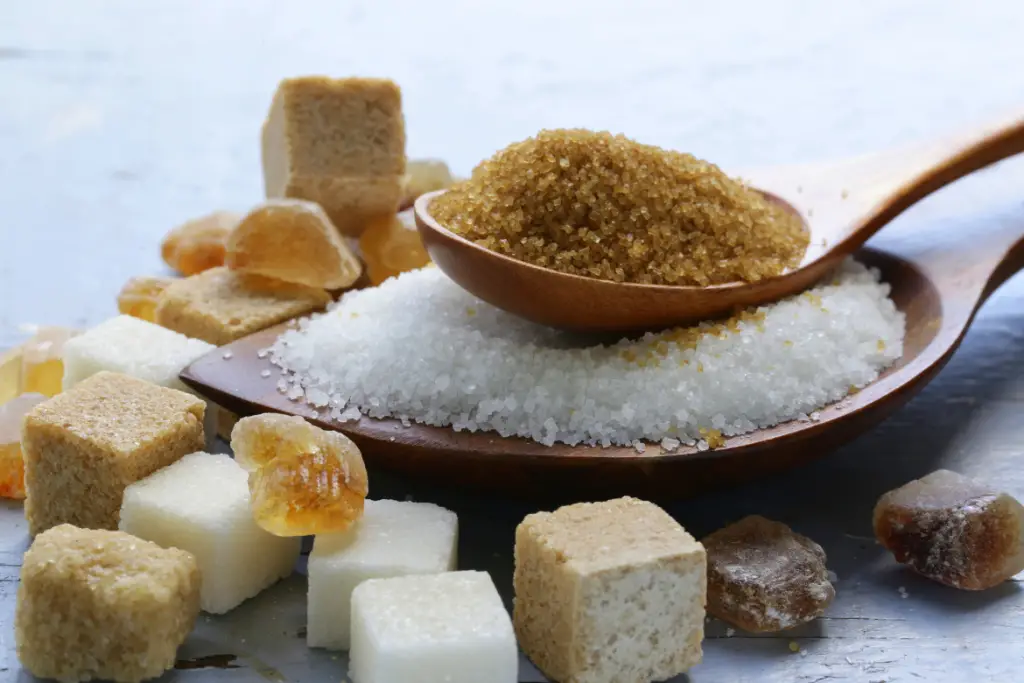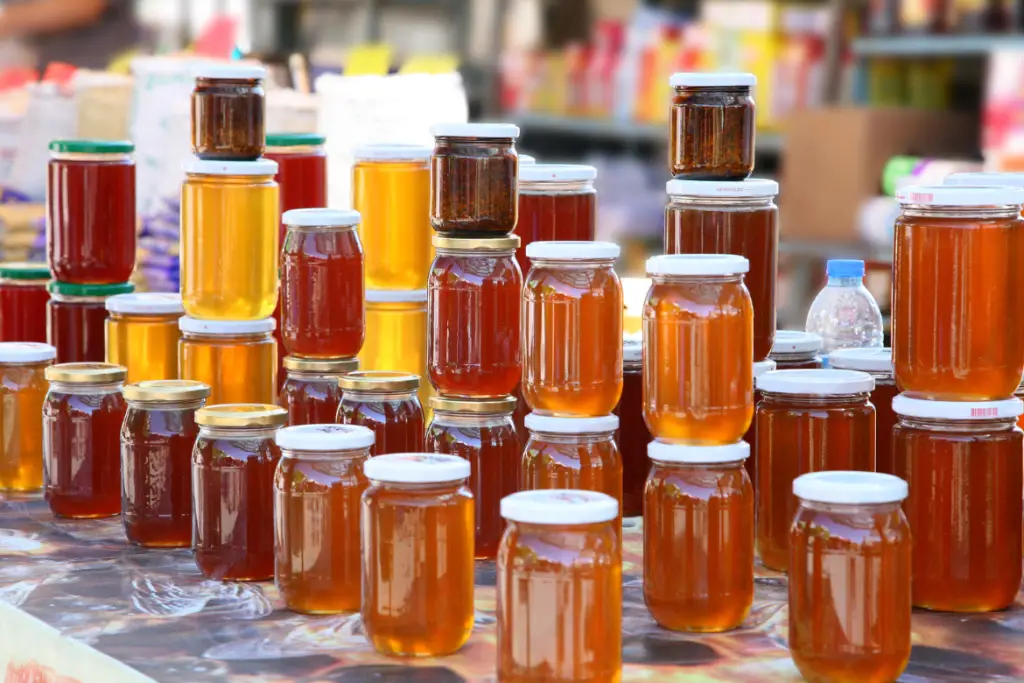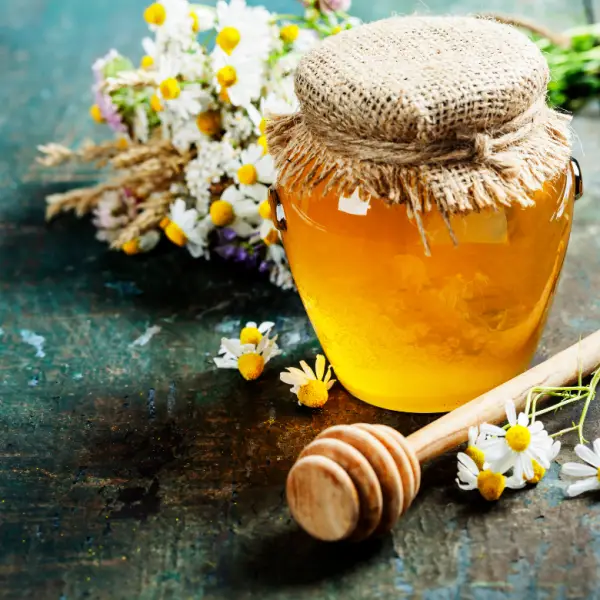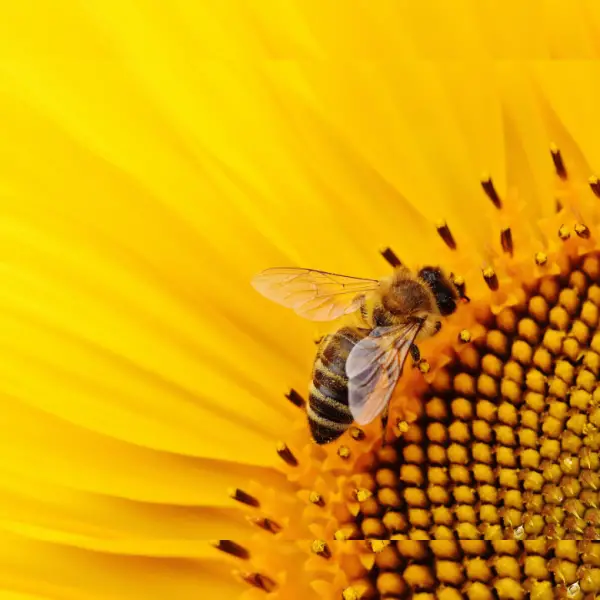The question of whether beekeepers intentionally add sugar to honey has a straightforward answer: No, beekeepers do not typically add sugar to honey. The natural honey-making process involves bees collecting nectar from flowers, which is then transformed into honey through enzymatic processes and evaporation. However, to ensure hive survival during shortages, beekeepers may feed bees sugar syrup. This article explores the details of honey production, and common beekeeping practices, and dispels any misconceptions about intentional sugar additions to honey.

The Honey-Making Process
Bees follow an astonishing process when it comes to creating honey. First they collect nectar from flowers during their foraging trips and store it in special sacs before returning back to the hive for use by enzymes in their saliva which then break down complex sugars present in the nectar for easy deposition into honeycomb cells.
As bees work tirelessly in their hive, nature takes its course: water content of nectar slowly decreases due to evaporation, making way for pure and unadulterated honey production. Beekeepers typically do not add sugar during this process – its sweetness comes directly from nectar collected by bees showcasing their amazing ability to make honey naturally!
Do Beekeepers Feed Sugar To Their Bees?
Beekeepers employ white sugar (sucrose) as an invaluable management tool to support honey bee colonies. Sugar feeding serves a number of functions for honey bee colonies including preventing starvation during nectar shortages, stimulating colonies to breed more readily, increasing population for future flowering events, increasing field bee foraging activity for pollen, increasing pollinator numbers for various crops pollination efforts and expanding pollinator role as pollinators for various fields. Although alternative sugar products exist such as cane sugar or raw cane sugar products are generally preferred due to reduced risk and cost-effectiveness of administration.

Beekeeping involves collecting nectar collected by bees, which is converted chemically to form honey, for consumption by their colony. Ample nectar supplies promote brood rearing and colony expansion, but in times of scarcity beekeepers must strategically provide sugar syrup as a preventative measure in order to stimulate breeding and prevent starvation – white sugar being the safest choice and top feeders or open feeding being employed to ensure all colonies receive sufficient sugar supplements. While sugar feeding is an established management tool, taking precautionary steps must be considered when considering type and amount in order to mitigate risks as well as maximize honey bee health and productivity benefits.
Does a Bee’s Diet Affect The Flavor Of It’s Honey?
Feeding sugar to bees can indeed alter the flavor and sweetness of honey, introducing distinct characteristics not found in honey produced solely from natural nectar sources. The choice of sugar product used for supplementation plays a crucial role in shaping these changes. For instance, honey produced from colonies primarily fed on white sugar (sucrose) might exhibit a milder and less complex flavor compared to honey derived solely from a diverse array of floral nectars.
Other sugar products, such as brown sugar or raw sugar, introduce additional elements to the honey’s taste. Brown sugar, composed of refined white sugar with added molasses, can impart a subtle caramel or toffee note to the honey. Similarly, honey produced from bees fed on raw sugar may carry a hint of molasses, contributing to a richer and more robust flavor profile.
Conversely, using honey itself as a supplementary food source may seem counterintuitive, but it can impact the honey’s taste as well. Honey sourced from colonies that are fed their own honey might exhibit a somewhat different character due to potential microbial interactions, potentially introducing a fermented or tangy undertone.
Other Factors That Change The Taste of Honey
Other factors also play a significant role in influencing the taste of honey, aside from sugar feeding. The type of bee, the specific floral sources available to the bees, and the geographical location of the hive all contribute to the unique flavor characteristics of honey. Different bee species have distinct foraging behaviors and preferences, resulting in variations in the types of nectar collected. Additionally, the diverse array of flowers in a bee’s foraging range contributes distinct floral notes and aromas to the honey. Geographical variations in soil composition and climate further contribute to the terroir of honey, creating regional nuances in flavor. Therefore, the taste of honey is a complex interplay of factors that go beyond sugar feeding, making each batch of honey a unique and nuanced product of its environment.
Conclusion
While feeding sugar to bees can impact the flavor and sweetness of honey, the process is just one factor among many shaping honey’s taste. Beekeepers often choose sugar products carefully to balance the needs of their colonies, but the ultimate flavor of honey is influenced by diverse elements such as the type of bee, the floral sources available, and the geographical location of the hive. The result is a rich tapestry of flavors in honey, with each batch reflecting the unique interplay of nature’s elements.


